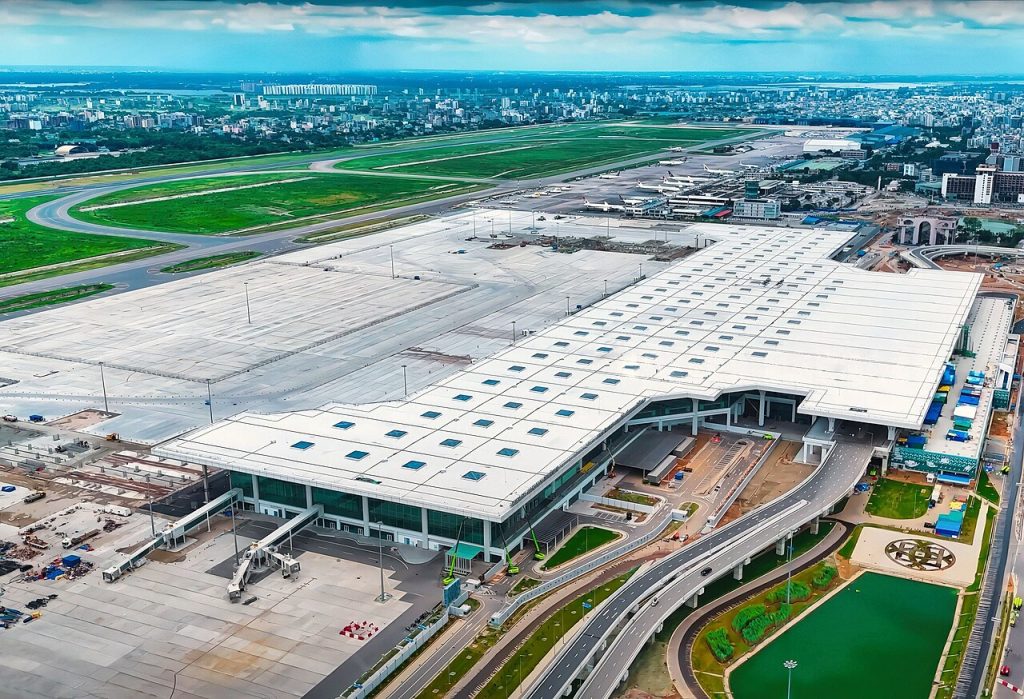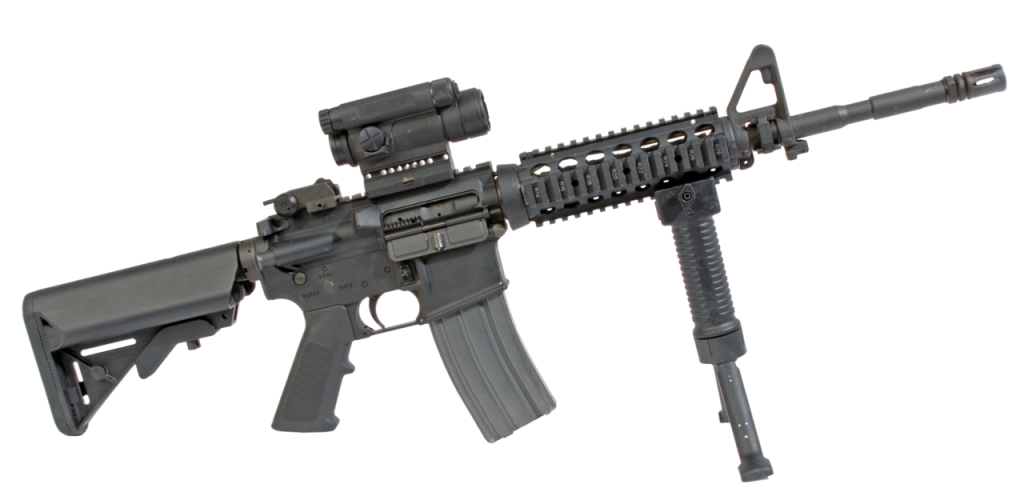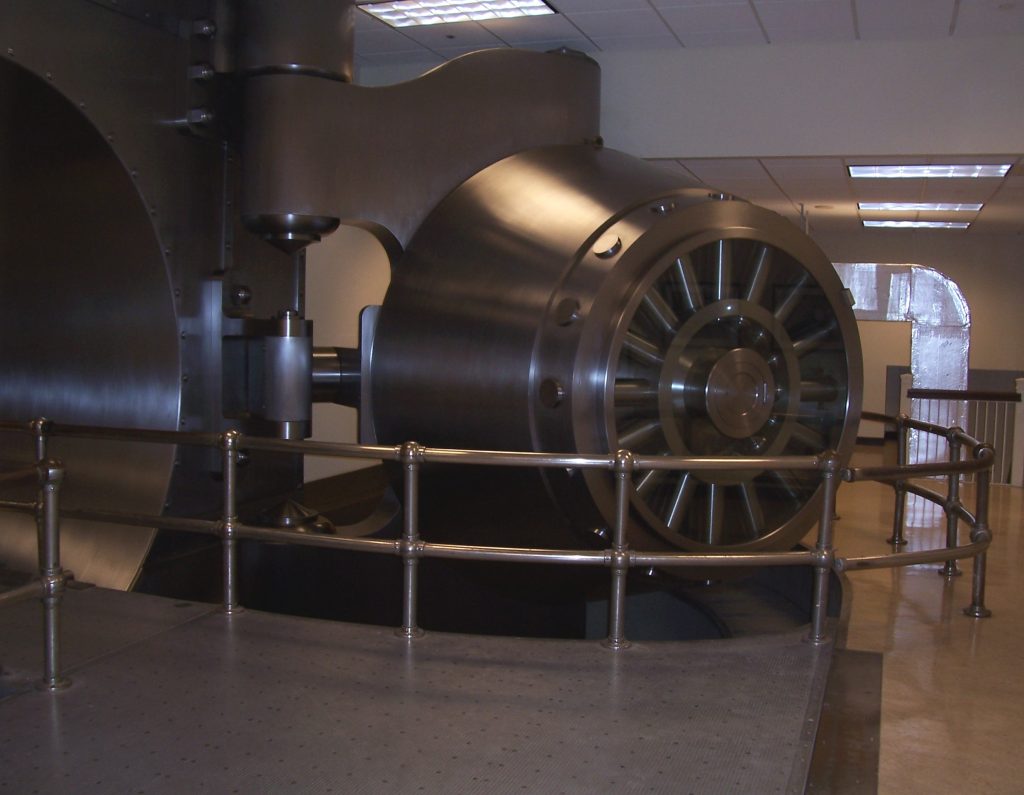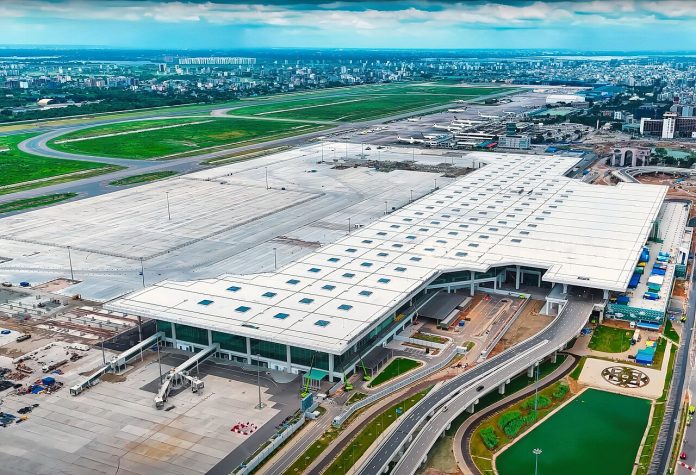
The fire at Hazrat Shahjalal International Airport’s import cargo complex was already a severe test of its security protocols. But what followed-the disappearance of military-grade firearms from a high-security vault-has escalated the situation into a national security concern. In the days after the blaze, investigators uncovered a breach that raises troubling questions about insider involvement, chain-of-custody failures, and systemic vulnerabilities in one of Bangladesh’s most critical infrastructure zones.
Security experts and defense analysts are now poring over every minute detail of the incident. Seven weapons, including a U.S.-made M4 Carbine and a Brazilian Taurus pistol, remain unaccounted for. The circumstances of their disappearance reveal a series of lapses that could have far-reaching implications if these arms fall into the wrong hands. Here are nine critical points emerging from the ongoing investigation.

1. Timeline of the Breach
The sequence of events is important for understanding how the theft could have occurred. On October 24, a joint team from Biman Bangladesh Airlines, Customs, Civil Aviation Authority, and National Security Intelligence inventoried the vault’s contents-there were 21 firearms-and sealed the vault with chains and locks. At 9:45 p.m. on October 27, guards confirmed the seal was still intact. But by the morning of October 28, it had vanished, and the vault was open. Events unfolded within this narrow window, indicating a targeted operation executed with precision.

2. Military-Grade Weapons Missing
The seven missing firearms include a U.S.-made M4 Carbine used by most armed forces and a Brazilian-made Taurus pistol. The other missing weapons have not been publicly identified, but the presence of such high-powered arms in civilian cargo facilities points out the sensitivity of the breach. Security experts have also been alarmed by their potential use in organized crime or insurgency scenarios.

3. Fire as a Catalyst for Vulnerability
The October 18 fire, which burned for 27 hours, destroyed CCTV coverage and damaged infrastructure. While the vault itself was spared, the loss of surveillance created a blind spot that thieves could exploit. Investigators note that at the time of the theft, all cameras in the cargo area were inoperative, removing a critical deterrent and evidentiary tool.

4. Insider Involvement Suspected
The theft targeted only firearms, leaving valuables like gold and diamonds untouched. CID forensic teams recovered lock-cutting tools from the scene, suggesting deliberate planning. Given that the vault had several layers of access control, investigators suspect that individuals with authorised entry or knowledge of security routines may have been involved.

5. Chain of Custody Unclear
The authorities are yet to name which one is the responsible agency or the force for the missing guns. The ambiguity here also makes responsibility difficult to pinpoint or coordinate recovery efforts. Additional Home Affairs Advisor Lieutenant General (Retd) Md Jahangir Alam Chowdhury said, “We will be able to confirm after the investigation whether the weapons were indeed stolen.” Critics say no formal case of theft has been filed despite the high risks associated with the arms.

6. Fragmented Security Responsibilities
According to the Airport Police Station Officer-in-Charge, Taslima Akhter, Biman Bangladesh Airlines is responsible for cargo complex security and police for gate control, which may have created gaps in oversight, particularly during the post-fire recovery period when the facility was under heightened risk.

7. Procedural Weaknesses in Vault Sealing
Although the vault was sealed in front of senior officials, temporary repairs after the inspection on October 24 might have compromised its integrity. The resealing process depended upon physical locks and chains without the immediate restoration of electronic monitoring systems, making the vault vulnerable to tampering.

8. Entry Restrictions Did not Curb Thefts.
Post-fire security included restricted public access and increased patrols. It was within such conditions that this breach occurred, hence within the secure perimeter, which challenges the assumption about the effectiveness of perimeter control in terms of internal threats.

9. National Security Implications
Police investigators have described the incident as a serious breach of national security. The disappearance of military-grade firearms in a KPI-classified facility does raise concerns on how these weapons could be deployed in destabilizing activities. Analysts have warned of the possibility that, if recovery and accountability are not timely, the incident may embolden similar operations against critical infrastructure. The HSIA firearms theft is more than a localized security lapse; it’s a case study in how layered defenses can fail under compounded stress from disaster and procedural gaps.
For security professionals, the lessons are clear: robust surveillance redundancy, airtight chain-of-custody protocols, and unified command structures are essential to safeguard high-value assets especially in the aftermath of disruptive events.


